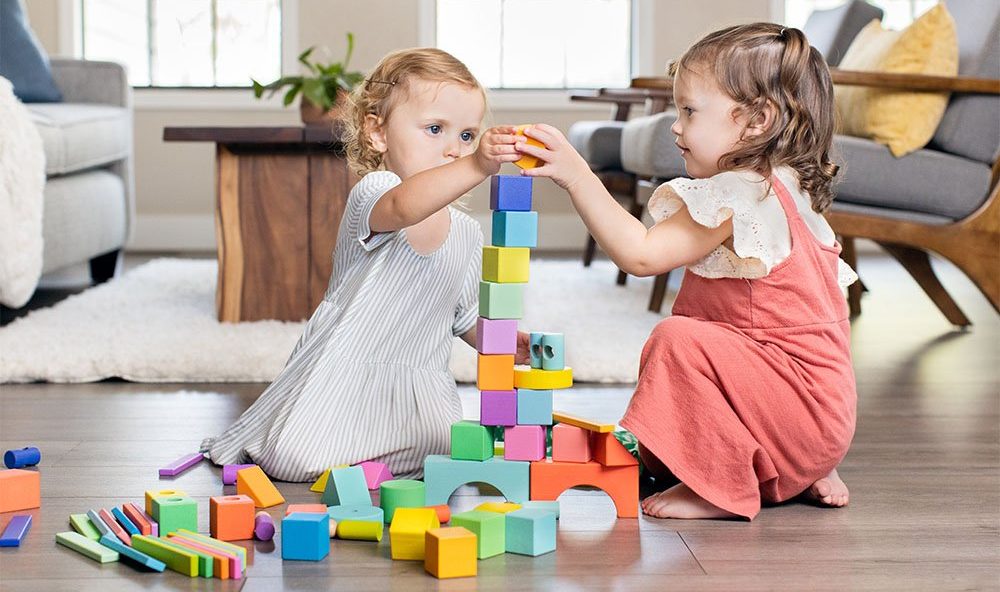In the world of modern toys and digital distractions, there’s something timeless and special about wooden stacking games like Stack Royale for kids. These classic toys have been captivating young minds for generations, and for a good reason. They offer a unique blend of entertainment and education, fostering crucial developmental skills in children while providing hours of fun. In this blog, we’ll delve into the enchanting world of wooden stacking games and explore why they continue to be a beloved choice for parents and caregivers.
The Beauty of Wooden Stacking Games
- Unplugged Entertainment: Wooden stacking games provide a welcome break from screens and electronic devices. In an age where children are often glued to tablets and smartphones, these traditional toys encourage active, hands-on play. They stimulate creativity and imagination, allowing kids to fully engage with their environment.
- Fine Motor Skills Development: Stacking games require precision and coordination. As children manipulate and position wooden pieces, they hone their fine motor skills. These activities also enhance hand-eye coordination, a fundamental skill for various aspects of life, including writing, drawing, and sports.
- Problem-Solving Skills: When kids play with wooden stacking games, they encounter challenges such as balancing pieces or figuring out the right order to stack them. This fosters problem-solving skills, teaching them to think critically and develop strategies to overcome obstacles.
- Spatial Awareness: Wooden stacking games often involve arranging pieces in a specific way to create a stable structure. This encourages the development of spatial awareness, which is essential for activities like puzzle-solving, navigating spaces, and even understanding mathematical concepts.
- Patience and Persistence: Building a tall tower or intricate structure can be a test of patience for children. Wooden stacking games teach them the value of persistence and the rewards that come with it. When their tower collapses, they learn to pick up the pieces and start again, promoting resilience and determination.
Popular Wooden Stacking Games
- Classic Wooden Blocks: Simple yet versatile, wooden blocks are a timeless favorite. They come in various shapes and sizes, allowing kids to explore different construction possibilities. These blocks can be used to create not only towers but also bridges, castles, and more.
- Jenga: Jenga is a classic wooden stacking game that challenges players to remove blocks from a tower without causing it to tumble. It’s a game of both skill and strategy, perfect for family game nights.
- Tumbling Towers: Similar to Jenga, tumbling towers involve stacking wooden blocks, but with the added twist of using dice to determine which block to remove. This element of chance adds excitement to the game.
- Nesting and Stacking Toys: These toys consist of wooden pieces that fit into one another, encouraging exploration and experimentation. They’re excellent for younger children, promoting cognitive development and dexterity.
- Animal Stacking Sets: These sets feature wooden animal-shaped pieces that can be stacked in various ways. They not only teach stacking skills but also help kids learn about different animals and their habitats.
Conclusion
Wooden stacking games for kids are more than just playtime activities; they are valuable tools for learning and development. They offer a holistic approach to education, combining physical skills, cognitive abilities, and emotional growth. These timeless toys encourage children to unplug from screens, exercise their creativity, and embrace the joy of problem-solving. So, whether it’s building towering skyscrapers or creating whimsical structures, wooden stacking games like the uzzle game will continue to hold a special place in the hearts of children and parents alike, fostering a love for learning that lasts a lifetime.

